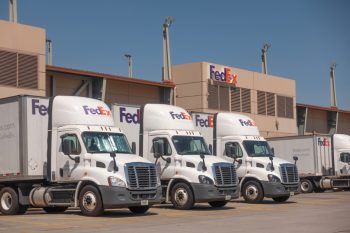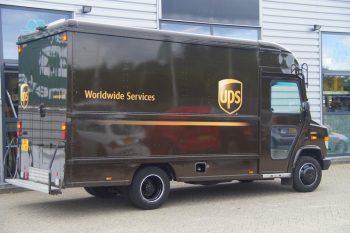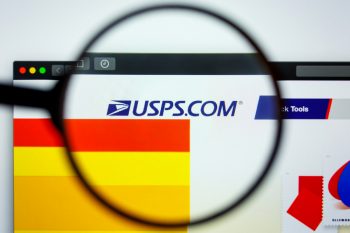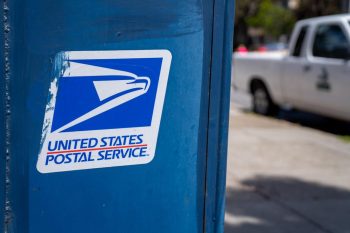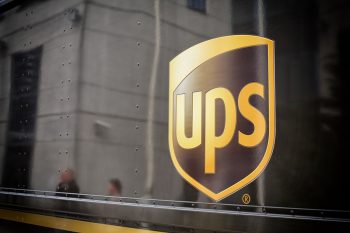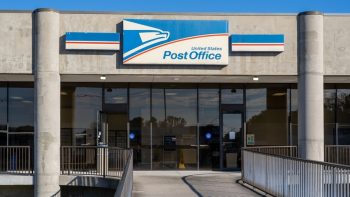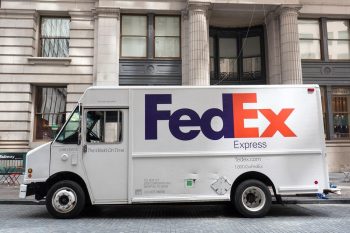
The United States Postal Service (USPS) is a key player in the global mail delivery network, handling millions of packages daily. But have you ever wondered how USPS sorts these packages? Let’s dive into the process, the technology used, and the evolution of package sorting at USPS.
The USPS sorts packages using a combination of automated machines and manual processes. When packages arrive at a USPS facility, they are initially sorted based on their destination. Technologies like automated mail-sorting machines, Intelligent Mail® barcode (IMb), and High Output Package Sorter (HOPS) are used to improve efficiency. Packages go through several stages of sorting before reaching their final destination. USPS also sorts packages based on their size and weight, and takes measures to ensure accuracy in sorting. Mis-sorted packages are identified, re-routed, and delivered as per the updated schedule.
Initial Sorting Process
When packages arrive at a USPS regional facility, they are initially sorted into different groups based on their destination. Packages are then broken down from their initial traveling pallets and regrouped into another pallet before continuing their journey. The sorting process is based on the delivery address of the packages, which is why it’s crucial to provide the correct address for your shipment.
Use of Technology in Sorting
USPS uses various technologies in the sorting process to improve efficiency and speed. Key technologies include automated mail-sorting machines, Intelligent Mail® barcode (IMb), High Output Package Sorter (HOPS), and Delivery Bar Code Sorter machines (DBCS). These technologies help USPS process and deliver mail more efficiently, reducing manual labor and improving overall service quality.
For instance, the High Output Package Sorter (HOPS) can sort packages at a rate of 8,500 pieces per hour. These machines can handle packages up to approximately 24 by 18 by 12 inches in size, while larger packages are sorted elsewhere in the facility.
Stages of Sorting
Packages at USPS go through several stages of sorting before they reach their final destination. These stages include acceptance, initial sorting, secondary sorting, and final sorting. The sorted mail is then taken to the individual post offices, where the carriers load the trays into their individual vehicles for final delivery.
Sorting Based on Size and Weight
USPS sorts packages based on their size and weight using a combination of automated equipment and manual processes. Automated machines, such as the High Output Package Sorter (HOPS), can sort packages at a rate of 8,500 pieces per hour. These machines can handle packages up to approximately 24 by 18 by 12 inches in size, while larger packages are sorted elsewhere in the facility.
Ensuring Accuracy in Sorting
USPS takes several measures to ensure packages are sorted accurately. These measures include installing new package sorting machines, making operational precision improvements, using automated mail-sorting processes, providing employee training and oversight, and verifying postage.
Handling of International Packages
For international packages, USPS offers various services such as Global Express Guaranteed, Priority Mail Express International, and Priority Mail International. These services include international tracking and some insurance. When shipping internationally, customers need to fill out a customs form, which can be done online using Click-N-Ship service or at a Post Office.
Correcting Mis-sorted Packages
In the event of a mis-sorted package, USPS identifies the package that has been mis-sorted, re-routes it to the correct destination, updates the tracking information, and delivers the package to the recipient as per the updated delivery schedule.
Evolution of USPS Package Sorting Process
Over the years, the USPS package sorting process has evolved significantly, with the introduction of automated machines and advanced technology. This has increased efficiency and capacity to handle the growing volume of packages. For example, the Small Package Sorting System (SPSS) can process 4,500 packages per machine hour and 385 packages per employee workhour.
In conclusion, USPS sorts packages using a combination of automated machines and manual processes at mail processing plants, post offices, and Sorting & Delivery Centers. The sorting process involves organizing packages based on their destination ZIP codes and carrier routes to ensure efficient delivery.
If you ever suspect that your package has been mis-sorted, it is recommended to contact the shipping company’s customer service for assistance and to track the progress of your package.
Frequently Asked Questions
What is the Intelligent Mail® barcode (IMb)?
The Intelligent Mail® barcode (IMb) is a barcode that USPS uses to sort and track letters, cards, and flats. It combines the data of the former POSTNET™ and PLANET Code® barcodes into one unique barcode.
What is the Delivery Bar Code Sorter machine (DBCS)?
The Delivery Bar Code Sorter machine (DBCS) is an automated machine used by USPS to sort mail based on the barcode. It can process up to 35,000 pieces of mail per hour, sorting them into delivery sequence for individual carrier routes.
What is the Global Express Guaranteed service?
Global Express Guaranteed service is USPS’s fastest international shipping option, with transportation and delivery provided by FedEx Express. It guarantees delivery to over 190 countries within 1-3 business days.
What is the Small Package Sorting System (SPSS)?
The Small Package Sorting System (SPSS) is an automated sorting system used by USPS. It is designed to process small parcels and bundles, enhancing efficiency and productivity.
How do I use the Click-N-Ship service for international shipping?
Click-N-Ship service can be accessed through the USPS website. Once logged in, you can print international shipping labels, complete customs forms, purchase postage, and schedule a package pickup all from your home or office.

